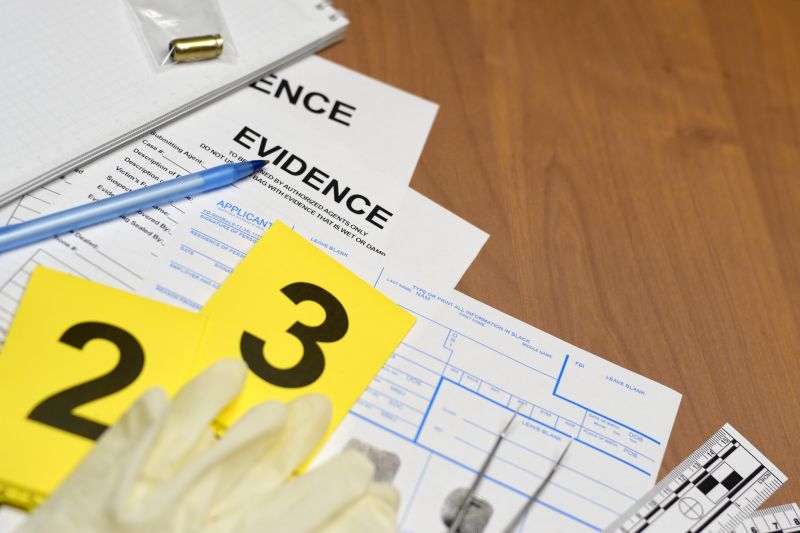Who Pays the Bills? Detailed overview of how your personal injury settlements are distributed. A…

Can I sue for emotional distress?
Emotional Distress in Injury Claims
When dealing with someone else’s negligence, financial compensation for physical injuries, and its impact, is the most common reason for lawsuits. If you have dealt with an auto accident in Washington State, you may be wondering how emotional distress effects your injury claim.
Can you sue for emotional distress in this case?
A catastrophic accident not only can cause physical injuries and damages but can also cause emotional and mental trauma. This form of distress is not as easy to measure than physical injuries. Although, this is not to mistake the importance of recognizing the emotional burden the accident may have caused the victim(s). The consequences and impact from the act of negligence are very real. If you or a loved one is suffering from emotional distress due to the carelessness of another party, you may be able to recover some of losses by filing a claim for emotional distress. Review below to learn more about the legal implication of suing for mental distress.
What is Emotional Distress?
From a legal perspective, emotional distress is defined as emotional sorrow and misery brought on by a negligent or intentional act. According to the courts, this form of damage can be recovered in a civil action. This means you can sue someone for emotional pain and/or distress if you have enough evidence to back up your accusations against the defendant.
Most claims for mental distress require that you have also been physically harmed, as a result, of the incident. However, former rulings have allowed victims to obtain damages for mental distress without proving any physical injuries. Sexual abuse and/or defamation can directly cause psychological and emotional trauma. Depending on the circumstances, this trauma may be grounds for an emotional distress claim.
Types of Common Emotional Distress
- Post-Traumatic Stress Disorder;
- Depression/Anxiety;
- Loss of Consortium;
- Humiliation;
- Mental Anguish; and/or
- Diminished Quality of Life.
How to File an Emotional Distress Claim in Washington State
There are stages for filing the claim to sue for your mental anguish and emotional damages. They are as follows:
- Document Your Emotional Distress: The better you document your distress, the more evidence you will have to recover your damages. Collect your medical and work records, track your emotional state in a journal, or use an electronic heart tracker to measure your heart rate and sleeping habits. All these methods of collecting documentation are beneficial for your claim.
- Consult With Your Attorney: Your attorney will review all documentation you have collected for your emotional distress. They will use this information to help you prepare for legal action.
- File a Lawsuit: Now you can sue the defendant, with the assistance of your attorney and all your preparations.
- Prepare for Trial: Once the defendant is served, a process known as Discovery Process, exchanges information from both parties. During this stage, the suit may be resolved by a settlement offer to avoid trial in court. Your attorney will be there to assist you in your decision.
Lastly, if the settlement offer is not enough to compensate for the victim’s emotional distress, then the lawsuit will go to trial. The courts will hear the arguments and evidence from both parties and make their final decision accordingly. This can be difficult and time-consuming. To give yourself the best chance of recovering your damages, be sure to consult your options with your attorney.
What Qualifies as Emotional Distress Evidence?
Knowing what evidence to collect is crucial in determining whether you can file a lawsuit against the defendant. The following are examples of evidence you could present in your argument:
- Physical Injuries: Physical injuries caused by the incident are usually easy to identify. For emotional discomfort, signs can be ulcers, cognitive impairments, and headaches.
- Distress Time: The length of time you have suffered emotional distress is important. The longer you have been experiencing the mental anguish, the more credible your case.
- Medical Reports: A doctor’s or psychologist’s report is best when proving your emotional state, as a result, of the incident. Seeking professional medical help is imperative in your process to file an emotional distress claim.
- Severity of Initial Incident: The more heinous and upsetting the initial occurrence, the more likely the courts will rule on emotional distress.
- Testimonies: Family, friends, doctors, or co-workers can all testify on your behalf. The courts will use this information to analyze the impact of the incident on your life.
Emotional Distress Claims
There are two types of emotional distress claims. Negligent infliction of emotional distress and intentional infliction of emotional distress. There are several scenarios that warrant further examination to better prepare for your lawsuit.
Negligent Infliction occurs when the defendant unintentionally causes you emotional distress. The individual filing a claim does not have to be the person directly harmed from the incident. Most modern jurisdictions will allow emotional distress damages to still be recovered if the subject was only in the danger zone. For instance, a father was strolling with their child when a drunk motorist hit and killed his child and not the parent. The father did not suffer physically; however, his pain and mental distress may justify a lawsuit against the defendant (drunk motorist).
Intentional Infliction occurs when a defendant intentionally or recklessly causes emotional damage to another person. While calling someone a disrespectful name may not be enough to file a lawsuit, persistent tormenting and verbal attacks is an example of an intentional negligent behavior.
How Difficult is Suing for Emotional Distress?
Yes, you can file a lawsuit for mental and emotional trauma. But most often, those symptoms are less visible. Therefore, this emphasizes the need to document your trauma effectively. You must guarantee that your testimony, and those testifying on your behalf, is consistent. Expert witnesses may be asked to testify on your situation, which may increase the costs and time for the trial. Establishing a connection between negligence and the losses you have suffered can be difficult and draining with the amount of legal investigation that is required. This is a long process, but if your trauma has affected your life negatively, there are options to review for possible compensation.



